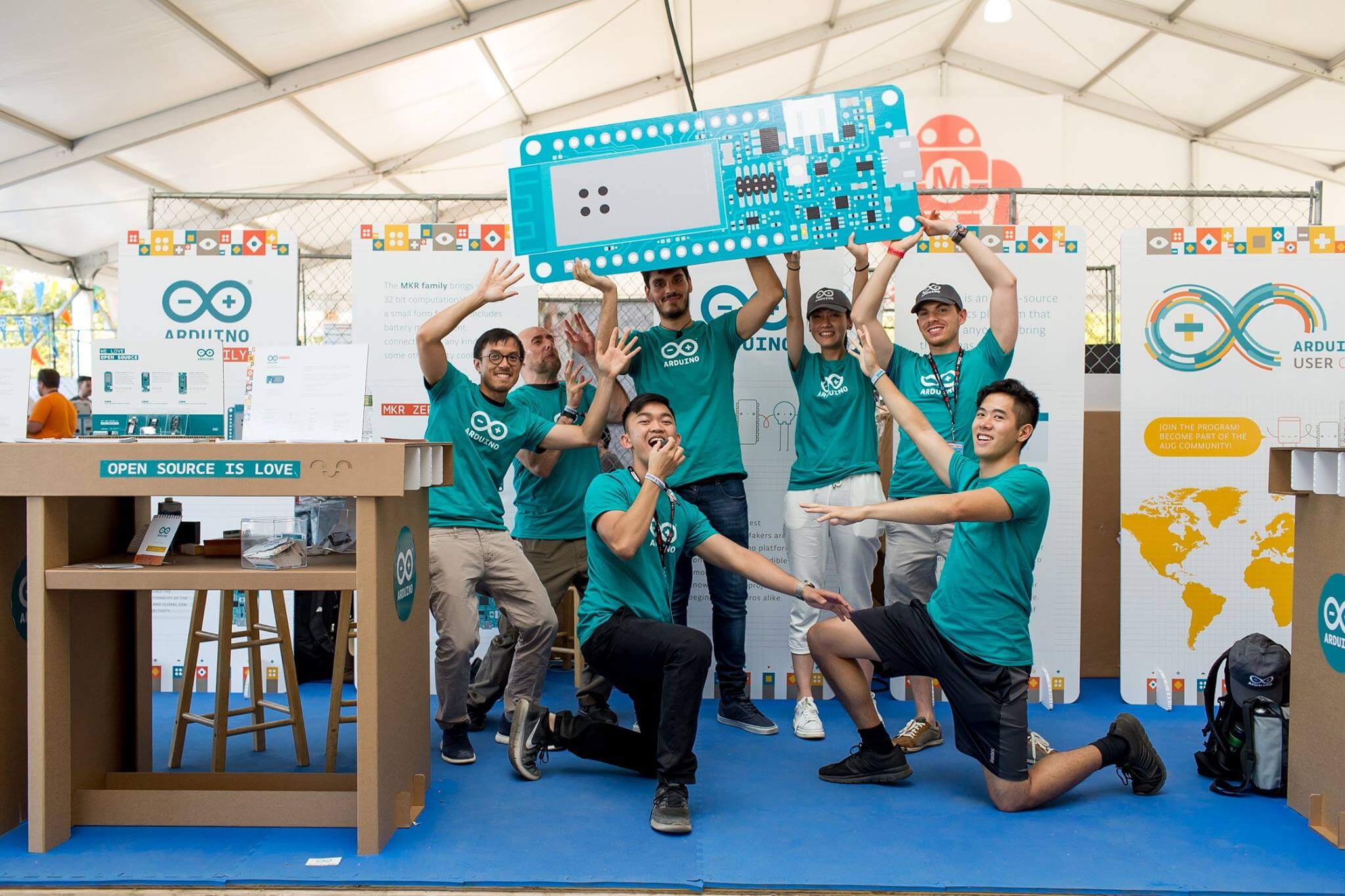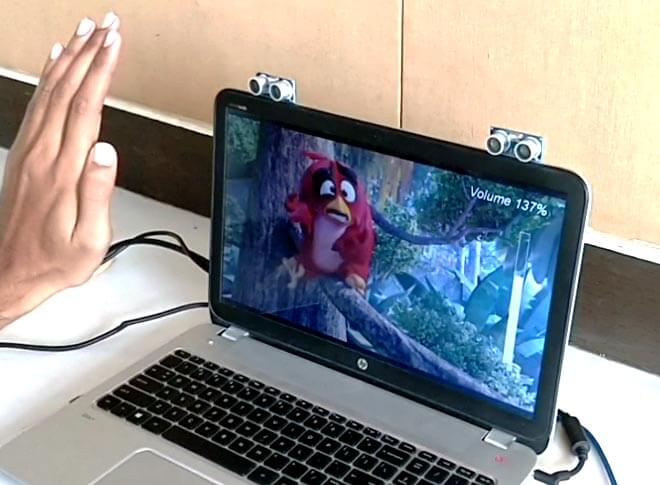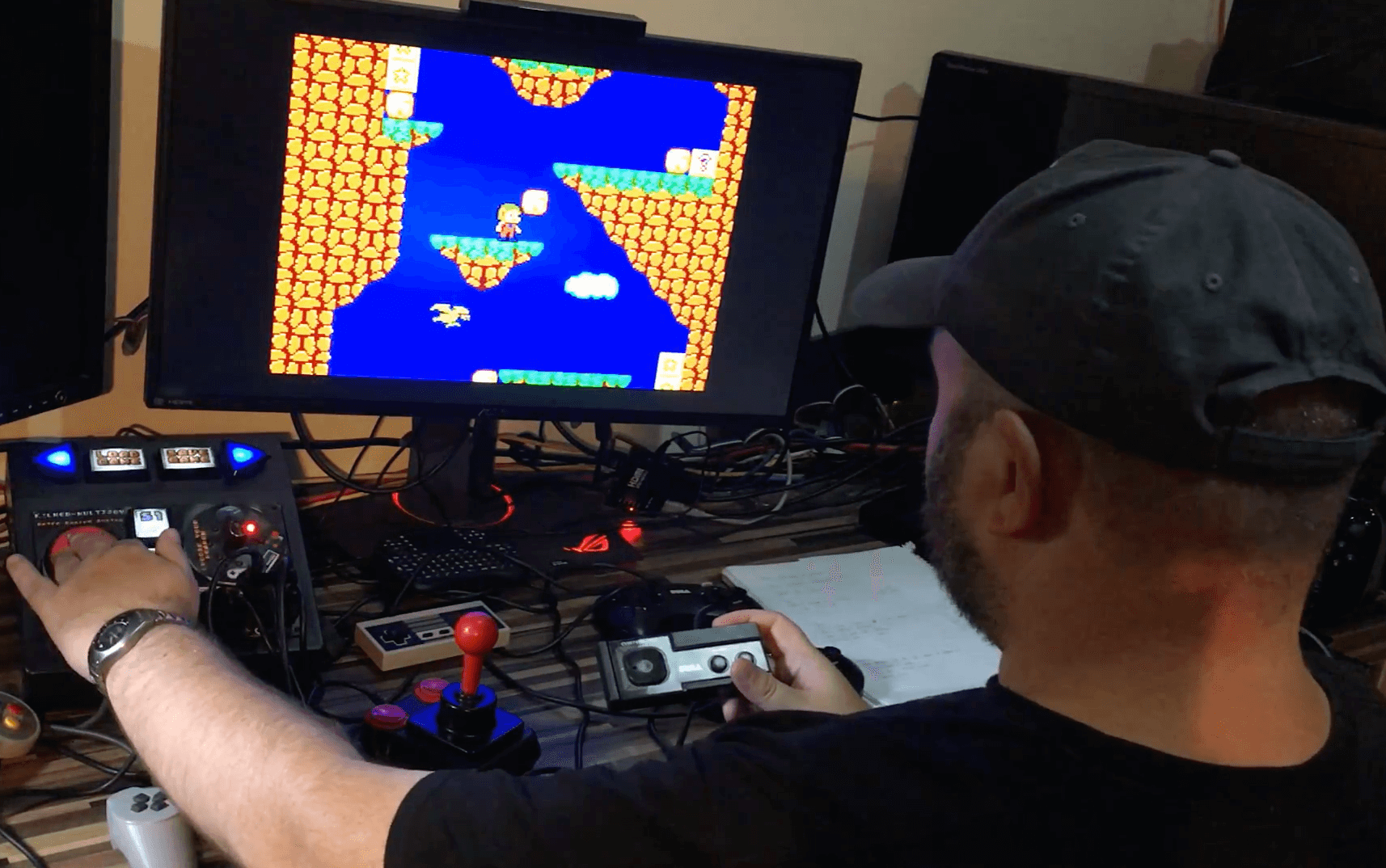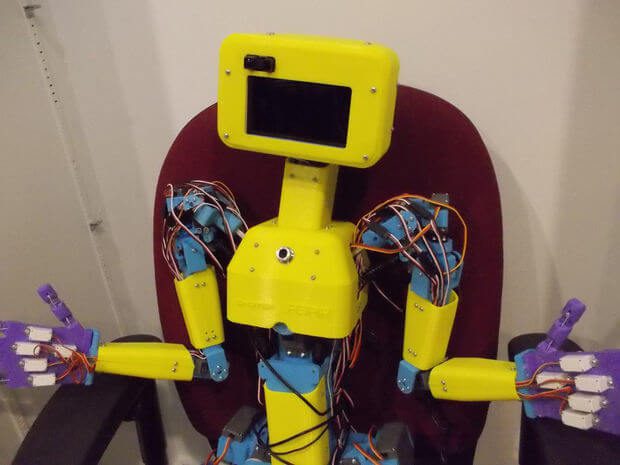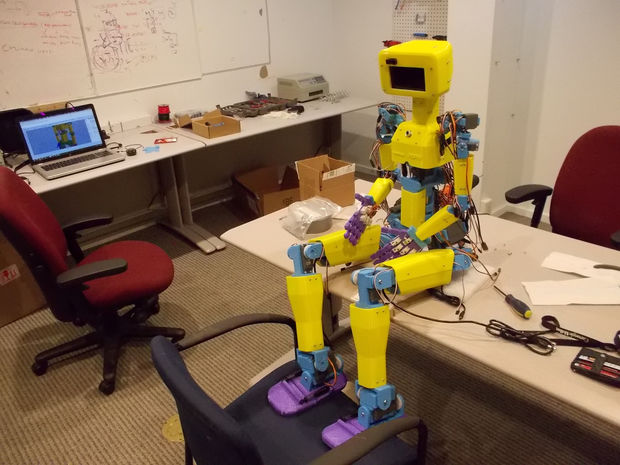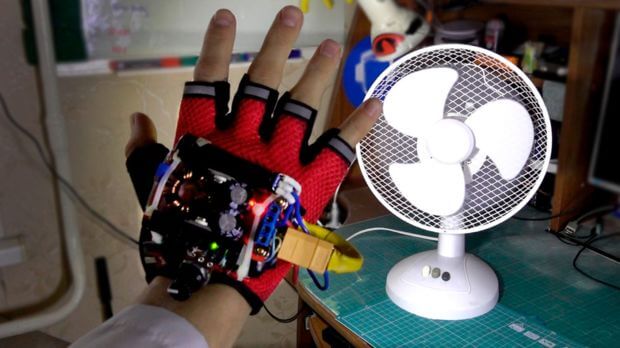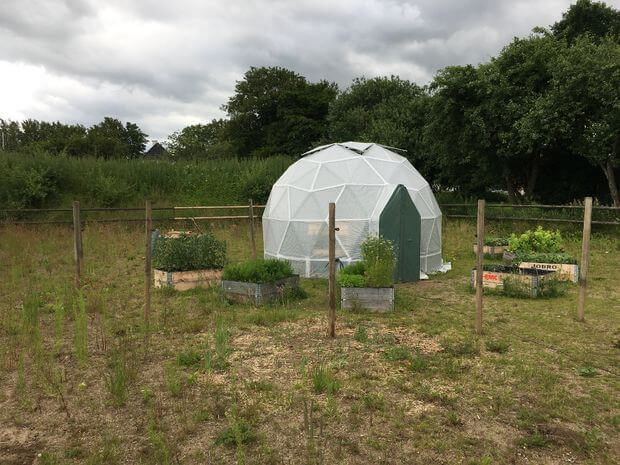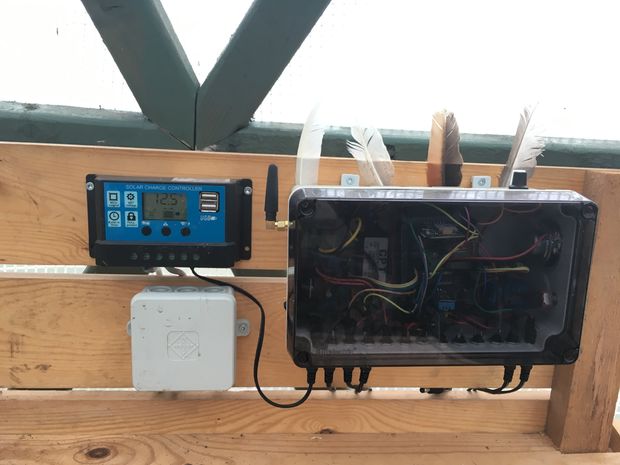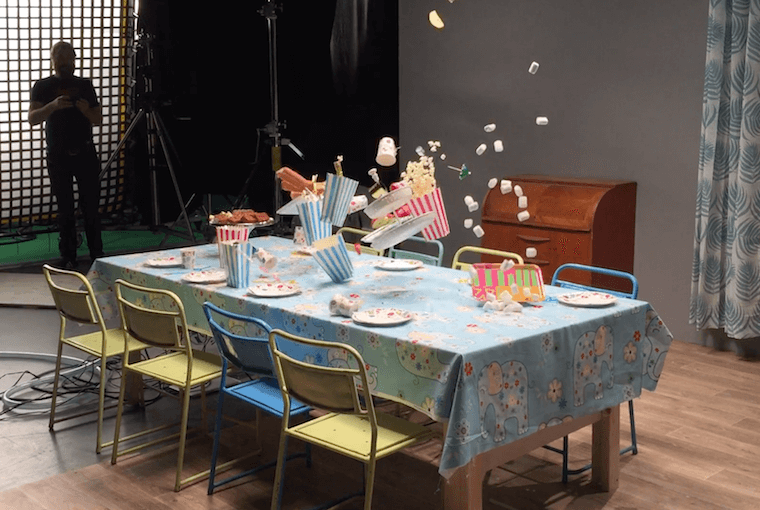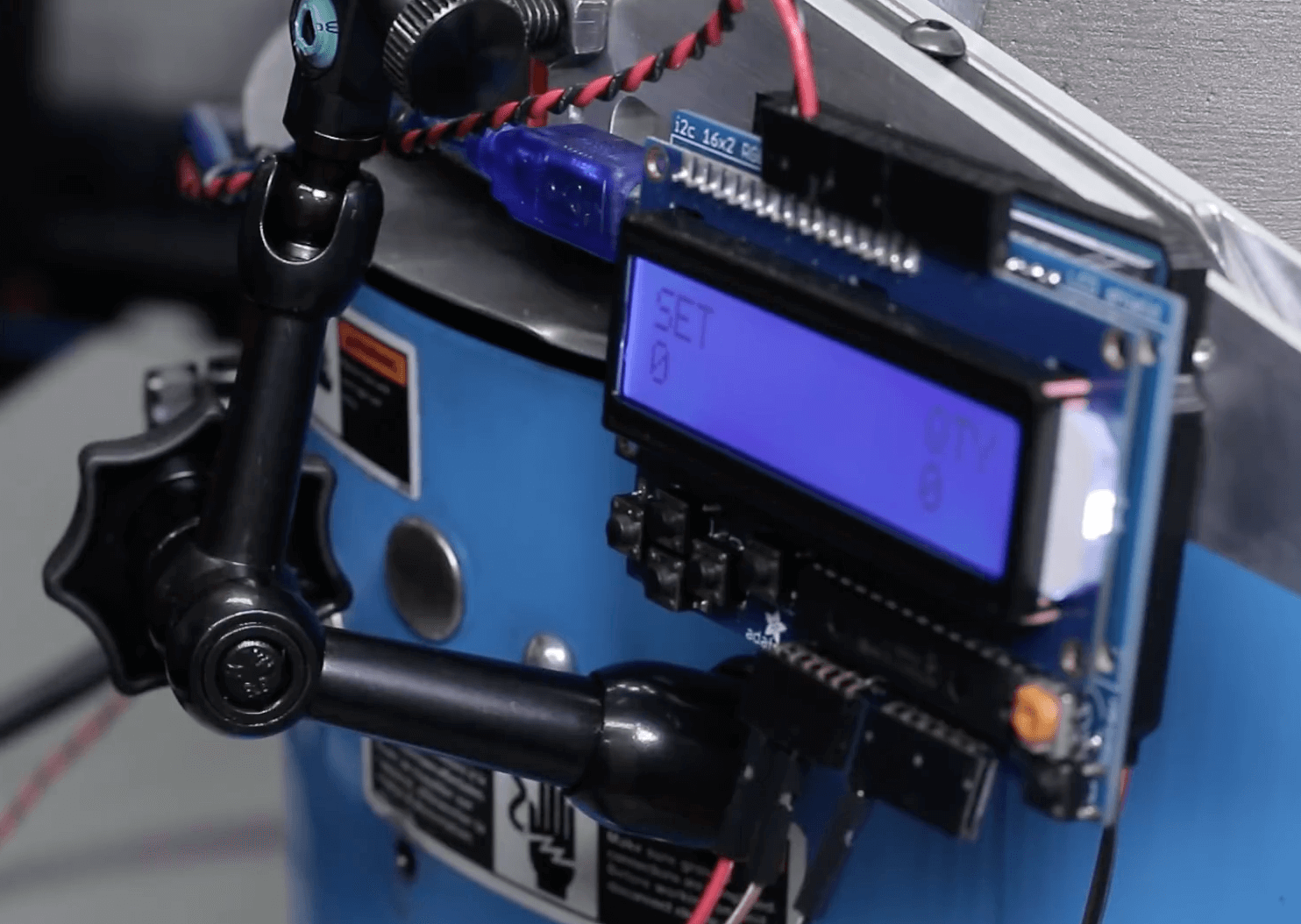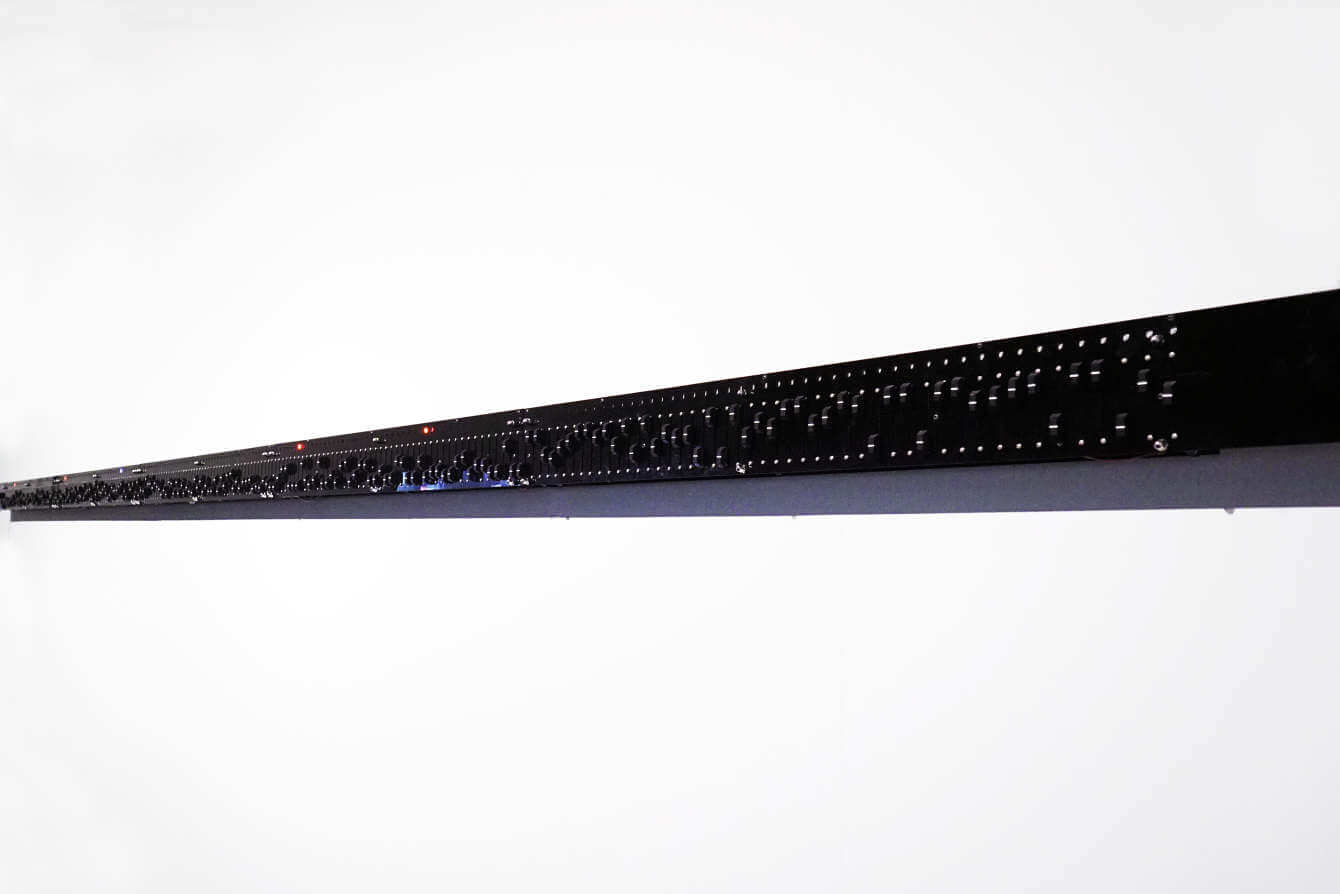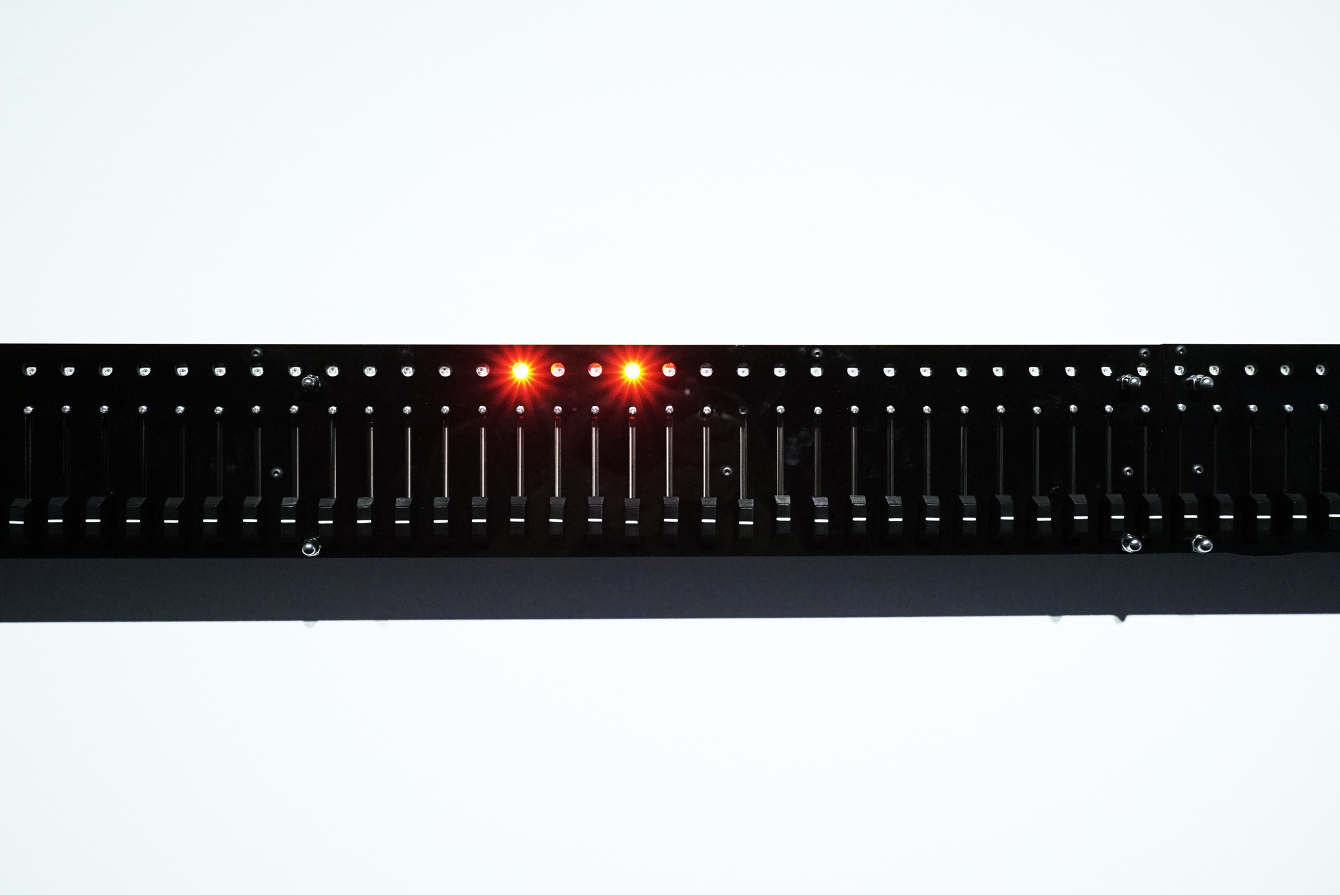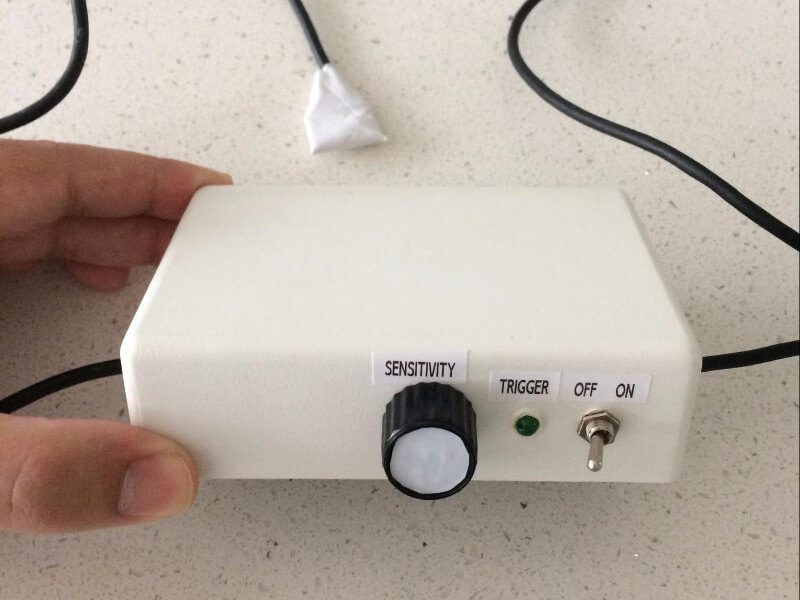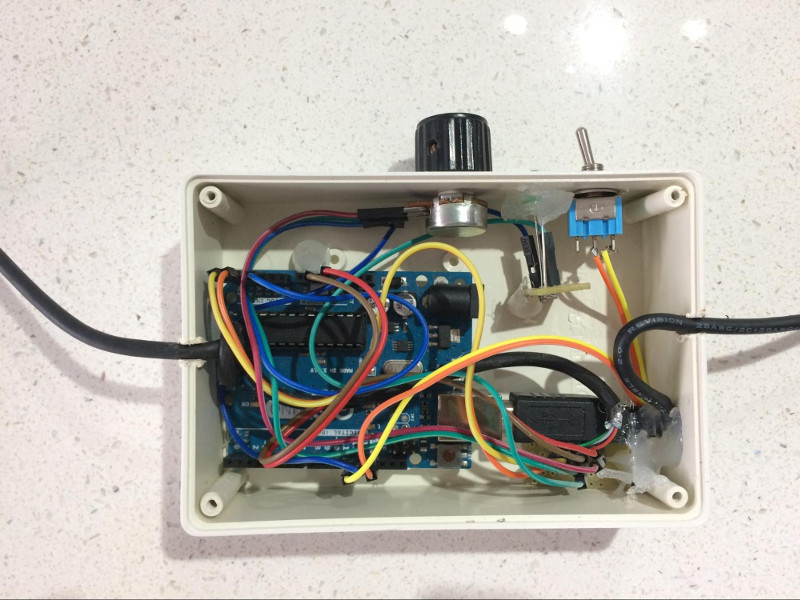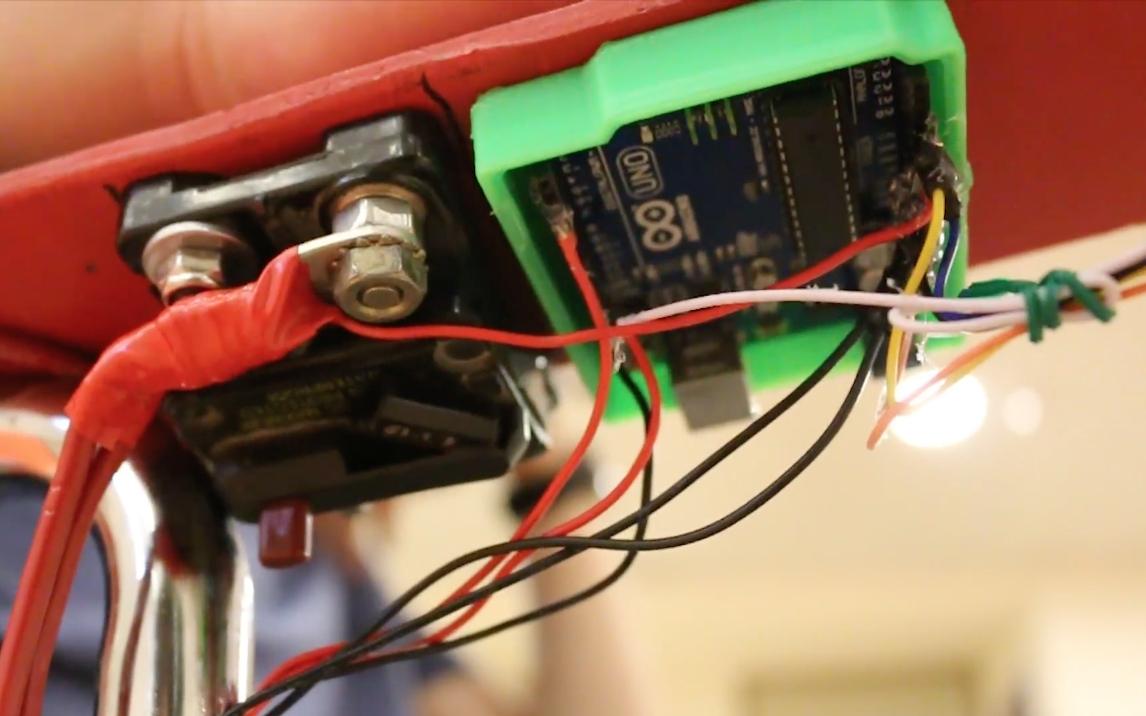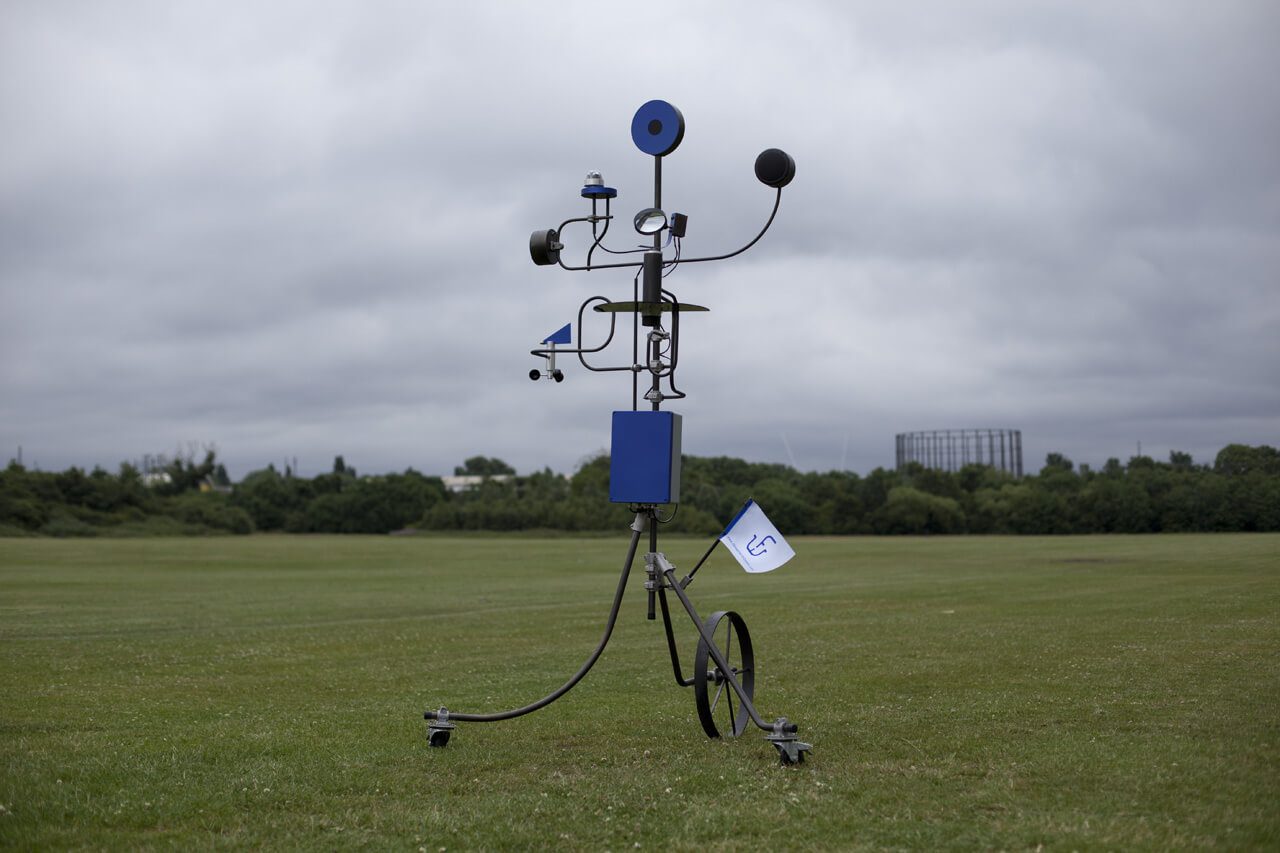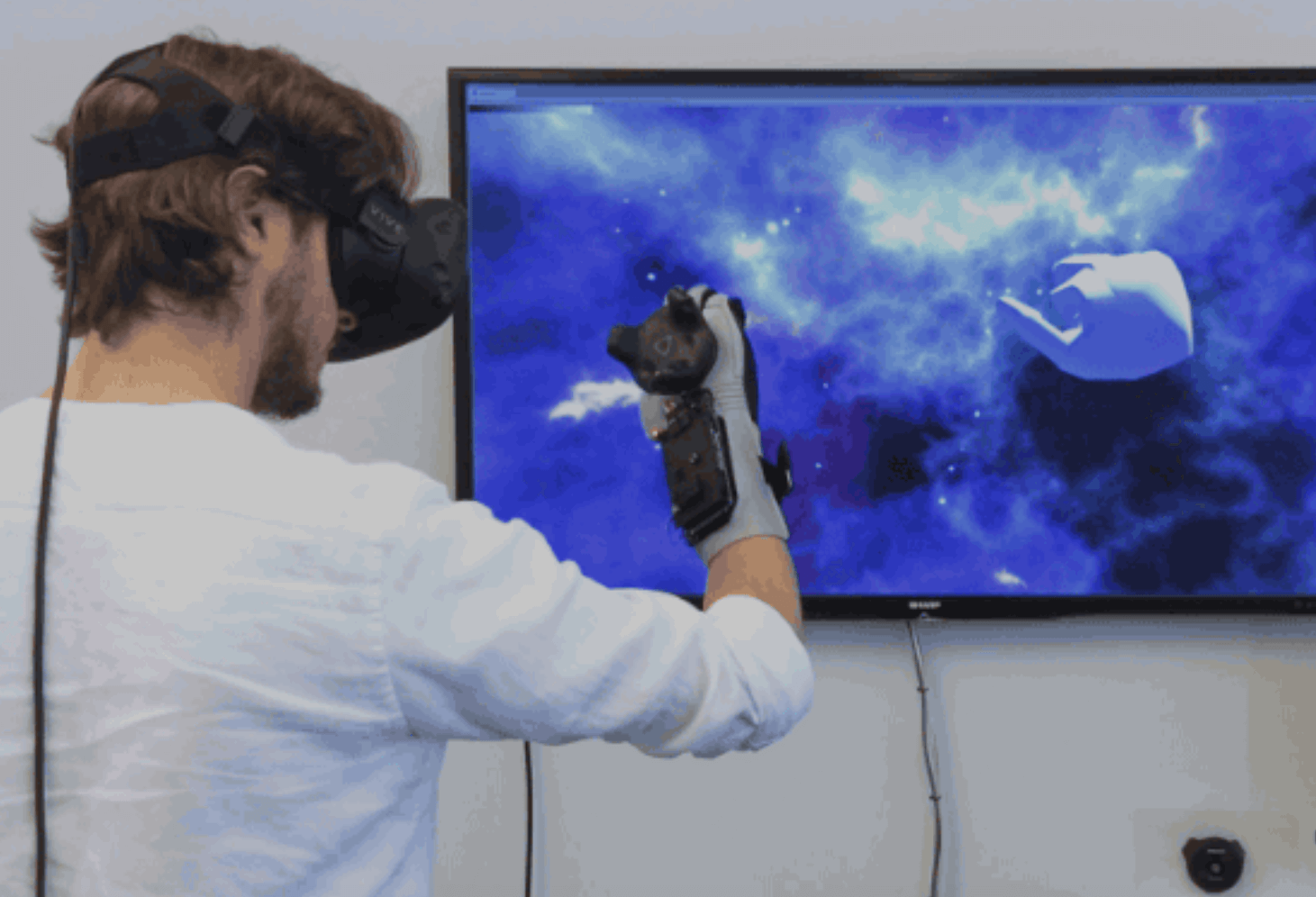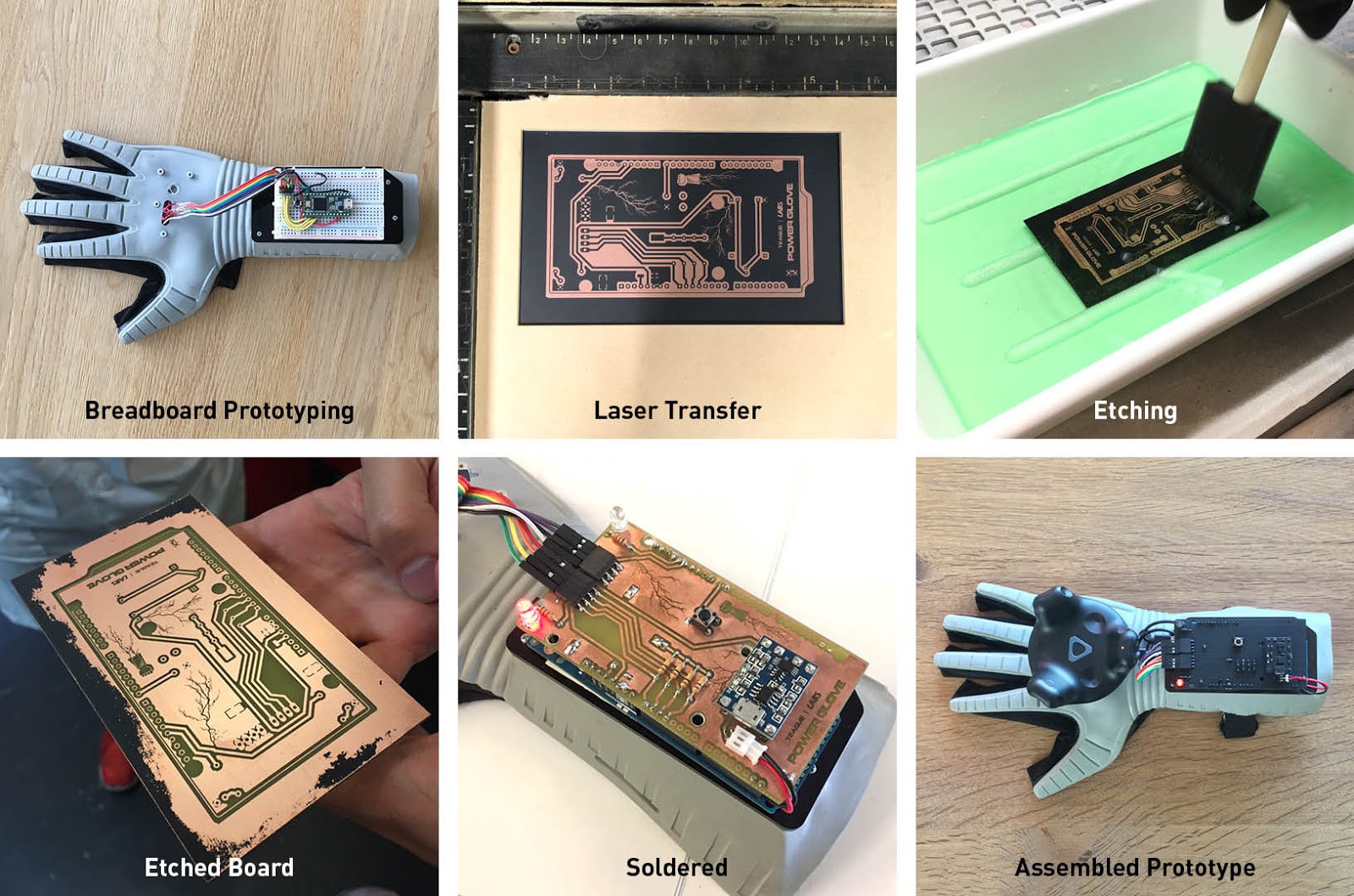
Planning on attending Maker Faire Rome next month? We’re currently seeking volunteers to join our team during the event—staffing tables and displays, leading one-on-one workshops and demos, and providing technical assistance when necessary.
If you volunteer with us for one shift, you won’t leave empty-handed! You’ll receive a day pass; spend two days with us, and you’ll have a ticket for the entire weekend to explore the show. Water and snacks will be provided, of course, along with some Arduino goodies.
Interested in helping out at our booth? Please fill out this questionnaire, and we’ll get back to you soon!
If you are underage, we will need your parents’ permission.

Maker Faire Rome: AAAA, cercasi volontar* per il booth Arduino
Hai in programma di partecipare a Maker Faire Roma? Entra a far parte del team di volontar* all’Arduino booth! Stiamo cercando appassionat* di Arduino che ci aiutino durante l’evento dando il benvenuto a visitatrici e visitatori e fornendo assistenza tecnica e supporto durante le demo.
Con un turno di volontariato allo stand Arduino, avrai a disposizione un pass per l’intera giornata; se, invece, sarai al nostro booth per almeno due turni avrai il pass per i tre giorni di evento. Sappiamo quanto sia importante il tuo tempo e quanto sia fondamentale il tuo aiuto al nostro booth, per questo motivo saremo felici di offrirti il pranzo e una selezione di gadget Arduino.
Ti interessa diventare un* volontari* al booth Arduino? Per favore completa questo form, ti faremo sapere prestissimo!
Se hai meno di 18 anni, puoi partecipare ma con il consenso firmato dei tuoi genitori!
This entry was posted by Arduino Team on Tuesday, November 7th, 2017 and is filed under Events, Exhibition, Featured. You can follow any responses to this entry through the RSS 2.0 feed. You can leave a response, or trackback from your own site.
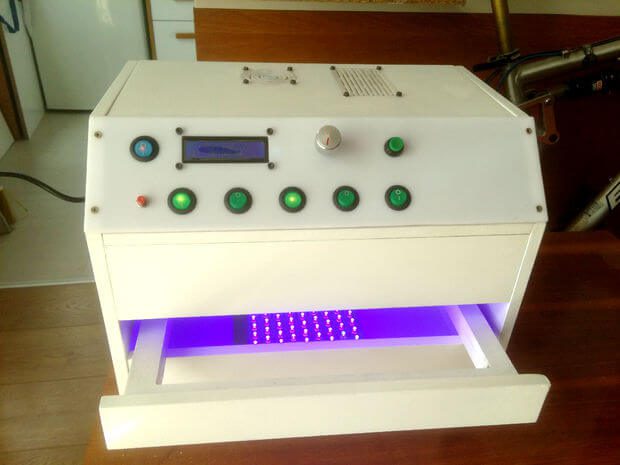

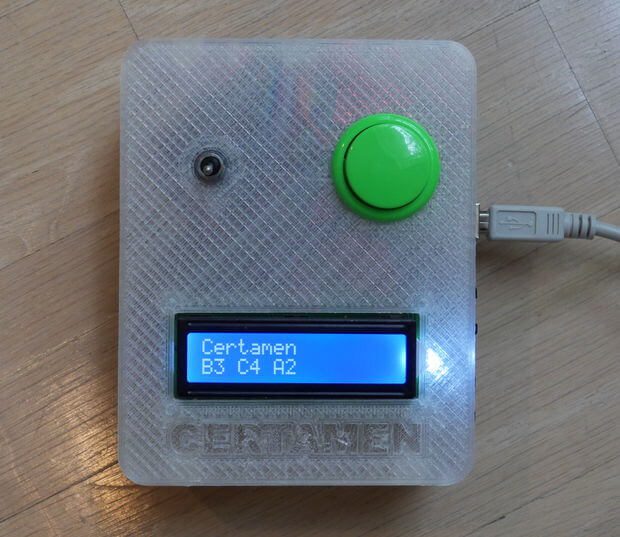
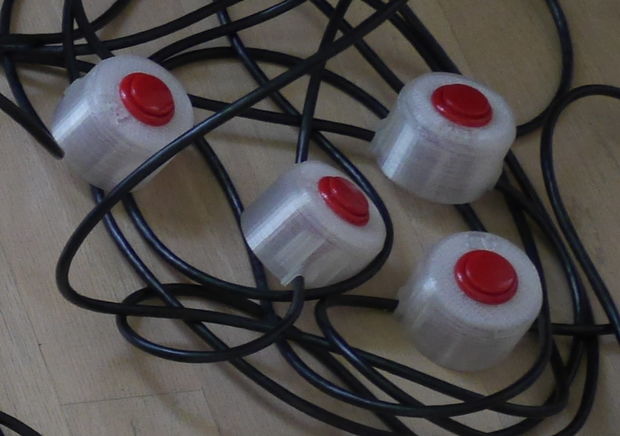
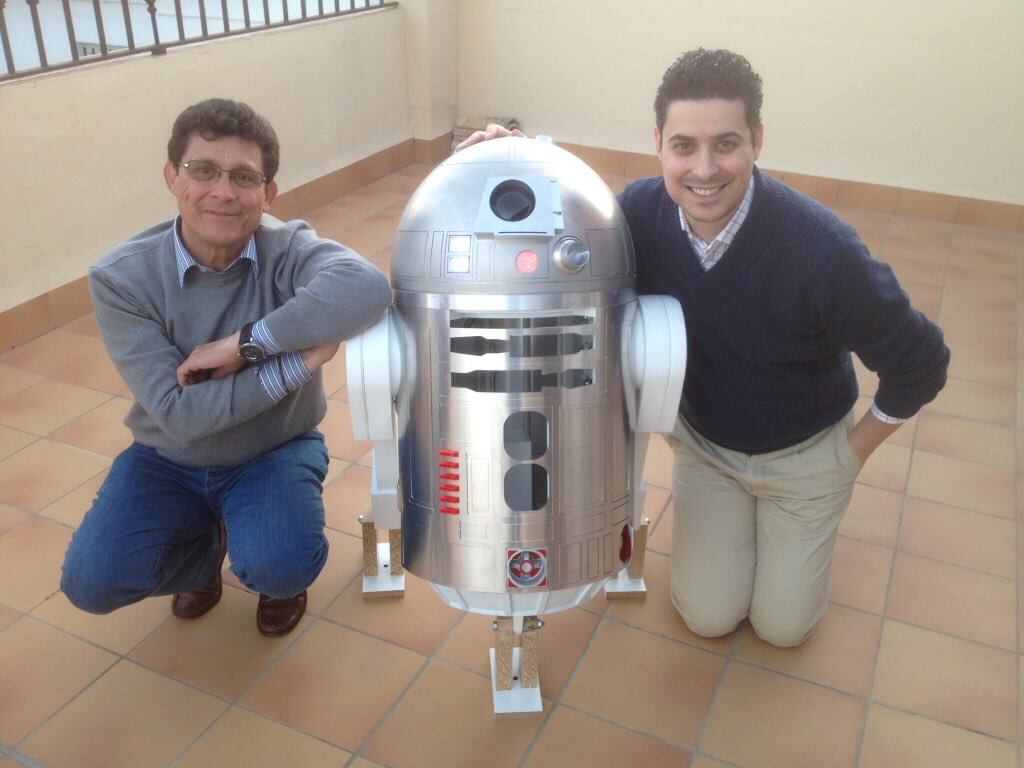




![Desafío STEM + Arduino Podcast [Español]](https://www.blogdot.tv/wp-content/uploads/2017/11/desafio-stem-arduino-podcast-espanol.jpg)

